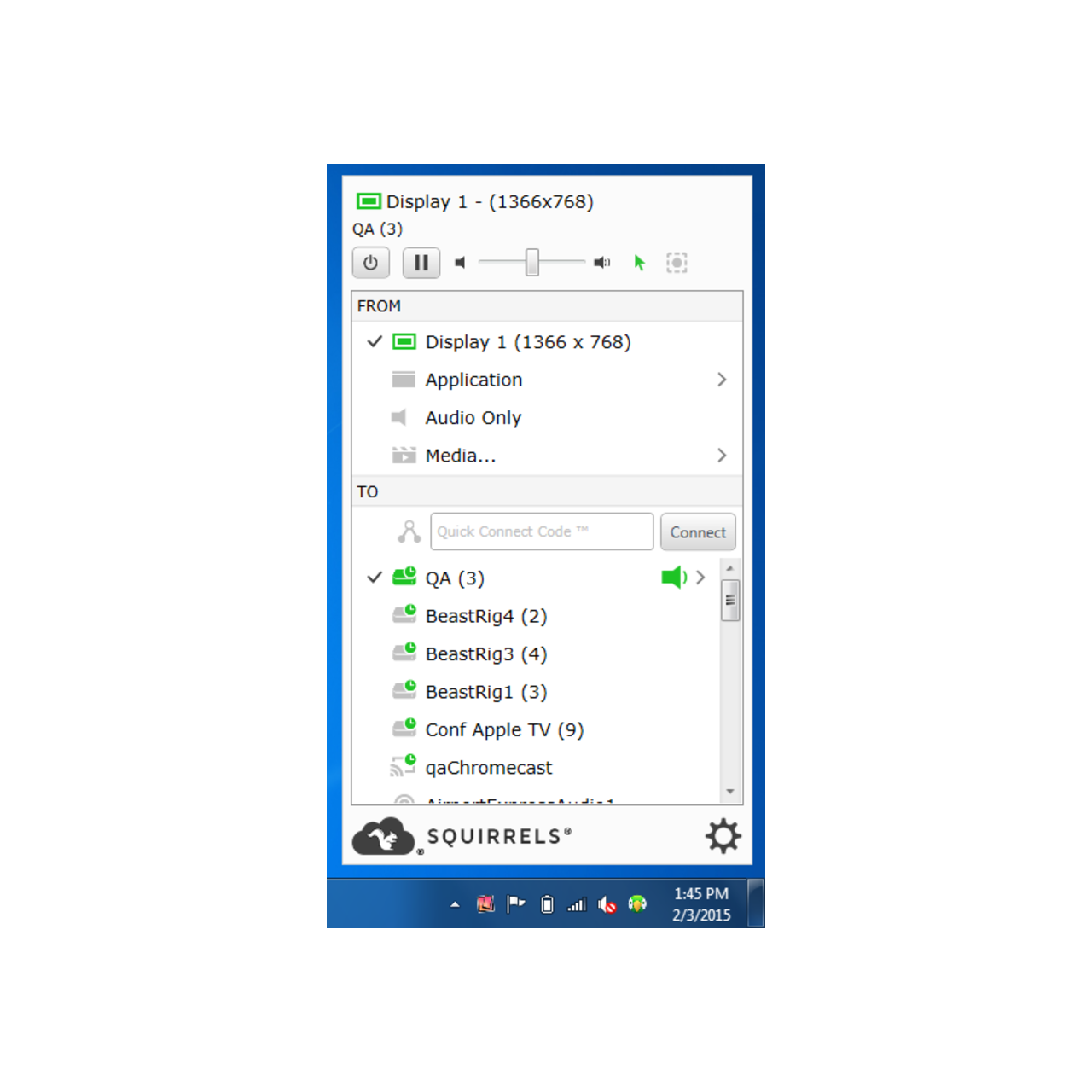

- #Airparrot 2 has stopped working for mac#
- #Airparrot 2 has stopped working upgrade#
- #Airparrot 2 has stopped working android#
- #Airparrot 2 has stopped working license#
#Airparrot 2 has stopped working android#
I primarily use AirParrot to stream video content from my iMac Pro (running Catalina) to an Android TV Chromecast device (I have an Apple TV in my living room, but I have a small TV on my desk using an Android TV Chromecast device).
#Airparrot 2 has stopped working upgrade#
AirParrot 2 customers receive a discount to upgrade to AirParrot 3.Ĭompared to AirParrot 2, unfortunately I am having an issue with AirParrot 3.
#Airparrot 2 has stopped working license#
It is $15.99 for a single platform license or $19.99 for a cross-platform license. AirParrot 3 also supports streaming 4K video with surround sound. Extended Desktop comes to Windows users for the first time, as well as HomePod support is also included. AirParrot is handy for streaming media from devices to home entertainment devices, as well as is useful in educational and organization environments when needing to wirelessly stream media.ĪirParrot 3 has a fresh new look which I do enjoy, plus new technology under-the-hood for faster streaming and desktop streaming with GPU support. AirParrot can also be controlled using an iOS app called AirParrot Remote (although I haven’t had a chance to test it yet). It goes beyond the built-in AirPlay support on macOS and allows for AirPlay and Chromecast Support on Mac and Windows, including screen mirroring, extended desktop, and the ability to drag and drop to stream media over AirPlay or Chromecast (there used to be a standalone app called DropStream that offered this, but it has merged under AirParrot).
#Airparrot 2 has stopped working for mac#
I had a chance to take AirParrot 3 for a test drive (I purchased the upgrade to it from AirParrot 2) and compare it to AirParrot 2.ĪirParrot is a streaming app for Mac and Windows. If you only specify one of width or height, the other will be determined based on the aspect ratio of the bounding box.AirParrot 3 was recently launched. The bounding box, automatically set or specified, also determines the aspect ratio of the map. If you have one layer of Los Angeles, and another of New York, it show you most of the United States. By default, if you do not specify bbox, it will show you everything. In essence, it determines the extent of the map. It can be calculated based on the width and the aspect ratio of the bounding box.ībox: The bounding box is automatically determined by taking the union of the bounds of the specified layers.

Height: Describes the height of the image, alternatively the map in an OpenLayers. It defaults to 512 pixels and can be calculated based on the height and the aspect ratio of the bounding box. Width: Describes the width of the image, alternatively the size of the map in an OpenLayers. Alternatives include image/jpeg (good for raster backgrounds), image/png8 (8 bit colors, smaller files) and image/gif It is a comma separated list of the layers you wish to include in your image or OpenLayers application.įormat: The default output format is image/png. Layers: This is the only mandatory parameter. Its strength is what it does with the parameters you do not specify, which is explored in the next section. The styles parameter is derived by using the default style as configured by GeoServer for each layer specified in the layers parameter.Īny parameter you send with a WMS request is also legitimate when requesting data from the reflector. The following table lists all the defaults used:Īny of these defaults can be overridden when specifying the request. As stated above the reflector fills in sensible defaults for the rest of the parameters. The only mandatory parameter to a WMS reflector call is the layers parameter. To use the WMS reflector all one must do is specify wms/reflect? as opposed to wms? in a request.


 0 kommentar(er)
0 kommentar(er)
